+86-18927501869
 English
EnglishViews: 423 Author: Allen Yi Publish Time: 2023-08-27 Origin: Site








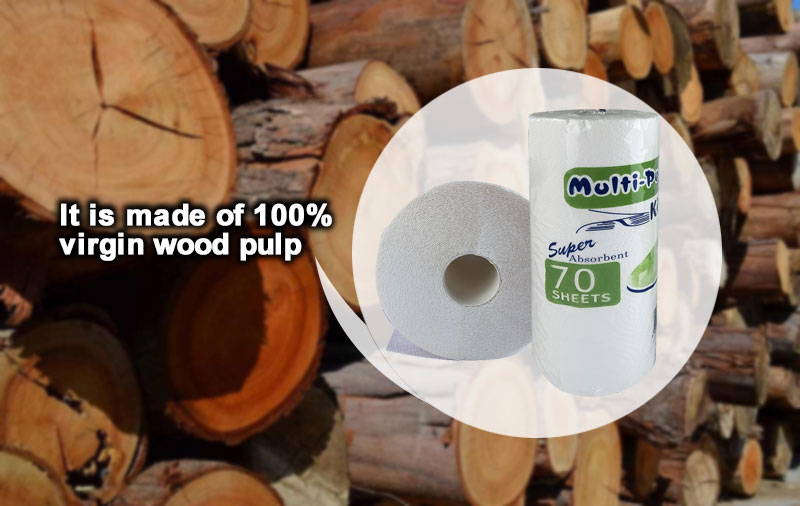
Toilet paper rolls is an essential product used daily by millions of people worldwide. While it may seem like a simple and commonplace item, the quality and characteristics of toilet paper can vary based on the type of pulp used in its production. In this article, the SYWIPE factory will explore the different types of pulp commonly used for making toilet paper.
One of the primary materials used in toilet paper production is virgin wood pulp. Virgin wood pulp is derived from freshly cut trees, and it offers several advantages. It has a high fiber content, typically more than 80%, which results in uniform and fine paper. The fibers can be sourced from hardwood pulp or softwood pulp, each offering different properties. Hardwood pulp provides a softer texture, while softwood pulp enhances flexibility. Many high-quality toilet papers use a blend of these two wood pulps to achieve a balance between softness and strength.
"virgin wood pulp" paper is generally considered the healthiest and most comfortable option among the available raw materials. Nevertheless,
Recycled pulp is another common material used for manufacturing toilet paper. It is obtained from recycled paper products such as newspapers, magazines, and office papers. The recycling process involves removing ink and other impurities from the paper, followed by various treatments and bleaching to create usable toilet paper. While recycled pulp helps reduce the demand for virgin materials and promotes sustainability, it can be challenging to control the quality of the raw materials. Consequently, the quality of toilet paper made from recycled pulp may vary.
Straw pulp has gained popularity in recent years as an alternative material for making toilet paper. It is derived from agricultural residues like wheat straw, bamboo pulp, and bagasse pulp. Straw pulp is often unbleached, giving toilet paper a natural and eco-friendly appeal. However, straw pulp-based toilet paper tends to feel more rigid and less flexible. Manufacturers may need to incorporate chemicals during papermaking to improve softness and whiteness. Prolonged use of straw pulp toilet paper may potentially cause skin irritation.
Apart from virgin wood pulp, recycled pulp, and straw pulp, there are various other pulp variants used in toilet paper production. These include alternative fiber sources like bamboo, sugarcane, and eucalyptus, each offering unique properties such as softness, strength, and environmental sustainability. These alternative pulps are often blended with other pulps to create toilet paper with specific characteristics and benefits.
Wood pulp, virgin wood pulp, and recycled pulp are different types of pulp used in various industries, including paper manufacturing. Here are the distinctions between them:
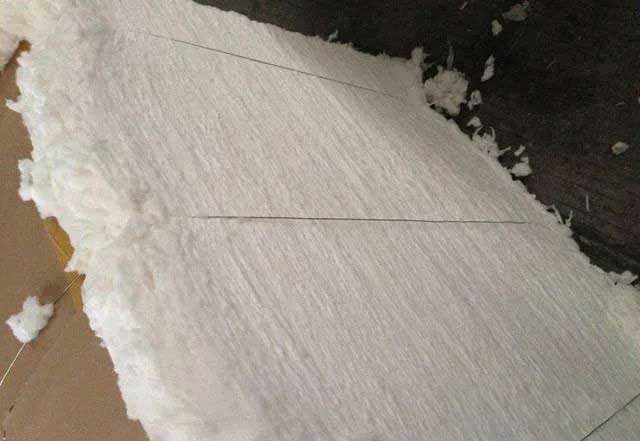
Wood pulp is the fibrous material derived from wood, typically sourced from trees such as softwood and hardwood. It is a primary raw material used in paper production. Wood pulp undergoes processing, including chipping, pulping, and bleaching, to remove impurities and create high-quality paper.

Virgin wood pulp specifically refers to pulp obtained from freshly cut trees without prior use or recycling. It is considered a premium material due to its high fiber content, typically comprising over 80% fibers. Virgin wood pulp offers desirable properties such as uniformity, delicate texture, and strength. It can be sourced from both hardwood and softwood trees, with each type providing distinct characteristics to the resulting paper.
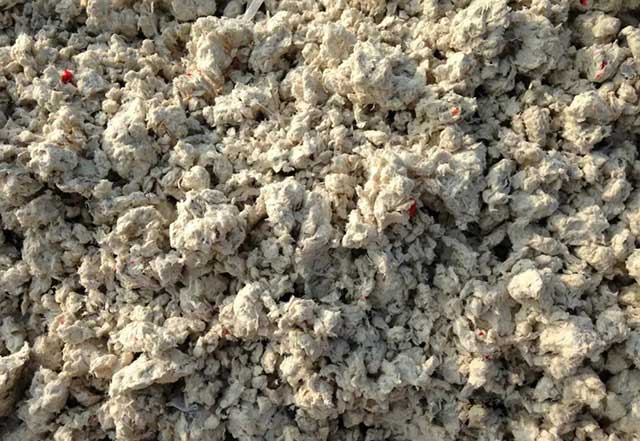
Recycled pulp is derived from paper and cardboard products that have already been used and recycled. It is created by breaking down the recycled paper into fibers, removing impurities like ink, and processing it to create usable pulp. The recycled pulp helps reduce waste and conserve resources, making it an environmentally friendly choice. However, the quality of recycled pulp may vary due to variations in the source materials and the recycling process.

In summary, wood pulp is the general term for pulp derived from wood. Virgin wood pulp specifically refers to pulp obtained from freshly cut trees, while the recycled pulp is derived from recycled paper products. Each type of pulp has its own characteristics and applications in various industries, including paper manufacturing.
Chinese Sywipe manufacturers can summarize these different wood pulp papers into a picture as follows:

Natural color paper does not require bleaching, while white paper undergoes a bleaching process. White paper's high whiteness is achieved through the addition of chemicals, whereas natural color paper maintains its original hue. Unbleached natural pulp used in natural color paper can result in rougher, harder paper with lower water resistance. Both types of paper have their own aesthetic and texture, but their overall functionality is similar. Choosing the right paper depends on personal preference and concerns about chemical additives.
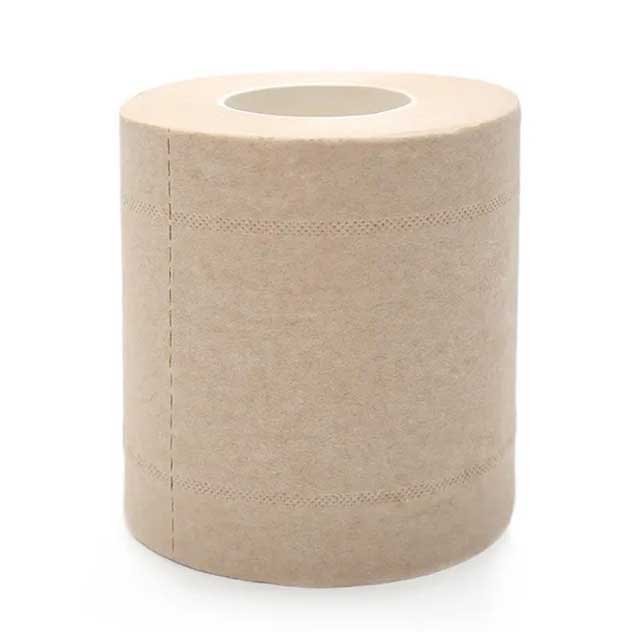
1). The disinfection standards for these two types of paper are not the same. The allowed total colony count per gram of toilet paper is 500 units, while for facial tissue, it is 200 units. Using a roll of paper to wipe your mouth can spread bacteria through the respiratory and digestive systems, potentially causing diseases like enteritis or dysentery.
2). Facial tissue paper is categorized into superior, first-class, and qualified products, differing in softness, water absorption, and toughness. Superior products offer the highest quality, followed by first-class, while qualified products may have lower performance.
3). Scented and printed papers have added "patterns" or fragrances. Poor-quality printed or scented paper may allow ink or fragrance to adhere to the mouth and enter the body, potentially affecting health.
4). Disinfection-grade products should be clearly labeled as such. However, products like napkins and facial tissues should not be labeled with terms like disinfection, sterilization, medicine, health care, dehumidification, moisturizing, antipruritic, anti-inflammatory, etc.
5). Dry toilet paper generally has a shelf life of 2-3 years. Expired toilet paper is prone to bacterial growth.
1). Facial tissues, facial wipes, and napkins are specifically designed for facial cleaning. They are soft, gentle on the skin, and adhere to high hygiene standards. They provide a safe option for wiping the mouth and face. Even when soaked, they maintain good toughness and resistance to breaking, preventing paper scraps from being left on the face while wiping sweat.
2). Toilet paper has a moderate level of softness and is primarily used for bathroom purposes. Qualified toilet paper poses no harm to the human body.
3). Wet wipes contain bactericidal ingredients and are useful when handwashing is inconvenient while being out. They effectively clean and sterilize, but it is not recommended to use them for facial wiping. The facial skin is delicate, and the bactericidal ingredients can potentially cause itching, redness, and swelling.
4). Kitchen paper has excellent water and oil absorption capabilities. Its larger and thicker size makes it ideal for cleaning kitchen utensils, glass windows, mirrors, tables, and other surfaces.
5). Disposable toilet seat cover paper serves as a protective cushion for the toilet seat. It provides hygiene, comfort, and prevents the sensation of coldness during winter usage.
The shape of the toilet seat cover can be chosen to match the toilet design. Various materials such as cotton, leather, bamboo charcoal, and paper are available. In public places, thin transparent disposable paper towel pads are commonly used, often featuring colorful designs.
1. Check the product details on the packaging, paying attention to the font size and raw materials used. Look for products issued by health administrative departments at the provincial level or above, with raw wood pulp as the preferred material. The production date is usually located at the bottom of the package.
2. High-quality tissue paper should be soft, delicate, lint-free, and free from powder. It should have good toughness, purity, and no stains. Wet toilet paper should be flushable without causing blockages. Some tissue papers made from recycled waste paper pulp may have excessive wet strength agents, which can lead to toilet blockages. Papers made from original bamboo and wood pulp have long fibers, high tensile strength, good toughness, and are less likely to tear. Poor-quality paper may have irregular small holes and loose powder.
3. Smell the tissue paper. If there is a strong chemical scent, it indicates a high content of bleaching agents. Scented tissue papers should be avoided for wiping the mouth.
4. Once opened, it is best to use up the paper towels within one month to minimize exposure to air and prevent moisture from breeding bacteria.
5. Wet tissue paper cannot replace handwashing, so it is still necessary to wash hands after using wet wipes. Wet tissue paper generally contains 80% liquid, mainly comprising water and bactericidal agents, with additional chemical preparations.
6. Good toilet paper turns into white ash when burned. All wood pulp papers are biodegradable and flushable.
7. Check the appearance, packaging, and sealing of the tissue paper. It should be neatly and securely packaged without any damage. The paper surface should be clean without noticeable creases, defects, hard lumps, raw grass tendons, pulp lumps, or other impurities.
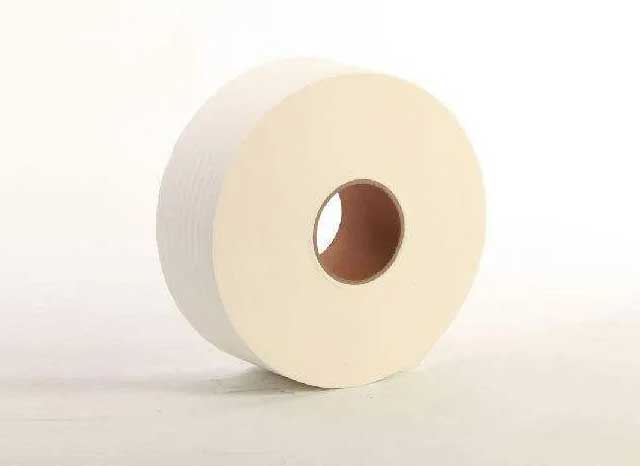
Toilet paper and tissue paper are often confused, but there are significant differences between the two. Understanding these distinctions is important to ensure proper usage and maintain good hygiene. Here are the key differences:
Toilet paper is specifically designed for wiping the buttocks after using the toilet. On the other hand, tissue paper is intended for wiping hands and faces. Toilet paper should break down easily when wet to prevent toilet clogs, while tissue paper requires sufficient toughness to remain intact when wet.
Toilet paper typically allows for a maximum of 600 bacterial colonies per gram, while tissue paper has stricter requirements, allowing a maximum of 200 bacterial colonies per gram.
National standards permit the use of recycled pulp in toilet paper production, but tissue paper must be made from virgin pulp, such as virgin wood pulp, bamboo pulp, or straw pulp.
Tissue paper standards require "no migration of fluorescent whitening agents," whereas there is no such requirement for toilet paper.
"Natural paper" claims to be unbleached and environmentally friendly, gaining popularity in recent years. However, its quality and price do not necessarily surpass that of finely finished white paper. The unbleached paper appears yellow due to the presence of small organic molecules, particularly phenols, which can emit an odor. These unbleached papers are prone to having a hay-like smell.
Under an ultraviolet lamp with a wavelength of 365 nanometers, cardboard containing optical brighteners will display a blue flake-like phenomenon. This test helps identify the presence of optical brighteners in the paper.
By understanding these differences, individuals can make informed choices when selecting between toilet paper and tissue paper, ensuring proper use and maintaining personal hygiene.
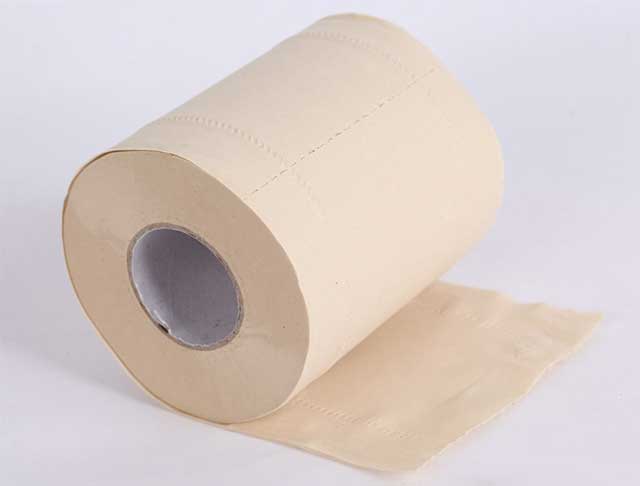
Using poor-quality paper towels can pose several hazards to our health. Here are some possible risks associated with low-quality paper towels:
Manufacturers often use recycled paper in the production of tissue paper. To enhance its appearance, texture, and color, they may add deinking agents and talc. Regularly using such toilet paper to wipe your mouth can introduce harmful substances into your body, potentially damaging your nervous system and blood system.
Paper towels made from recycled paper may contain bacteria and fungi. Despite disinfection during production, some microorganisms may still persist. Using these tissues carries the risk of enteritis, dysentery, and even hepatitis.
According to dermatologists, prolonged use of low-quality toilet paper increases the exposure of the skin to bacteria and fungi, leading to allergic problems like dermatitis. Children and women, with their delicate skin, require extra attention in this regard.
Poor-quality toilet paper may retain whitening agents and talc powder. When wiping the nose and mouth, dust particles may enter the respiratory tract through the nasal cavity, potentially causing respiratory issues.
To mitigate these risks, it is important to choose high-quality paper towels that adhere to safety standards and are made from reliable sources. Prioritizing hygiene and opting for reputable brands can help safeguard your health when using paper towels.
Toilet paper towel, a staple in households globally, derives its quality largely from the type of pulp used in its creation. Predominantly, pulps such as virgin wood, recycled, and straw are utilized. Each offers distinct characteristics: virgin wood pulp promises strength and softness, recycled pulp promotes sustainability, and straw pulp champions eco-friendliness. However, selection doesn't end at toilet paper. The realm of household papers includes various types, each tailored for specific uses – from facial tissues to kitchen papers. The importance of informed choices cannot be stressed enough, especially given the potential health risks of subpar products. Whether you're reaching for a tissue or a toilet roll, understanding the material and its implications is paramount.
《What are the 10 Magical Uses of Kitchen Paper Towels?》
《What is the difference between bamboo pulp paper and wood pulp paper?》
《What are the 10 Tips to Clean Kitchen Grease Using Paper Towels?》
16
2024-05
30
2023-08
05
2024-02
10
2024-05
Room 4611, No. 372 Huanshi East Road, Yuexiu District, Guangzhou,China.
+86-18927501869 / +86-20-81608597
/ +86-18927501869